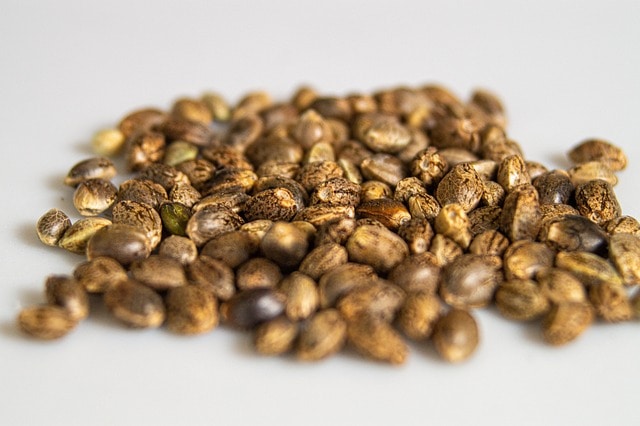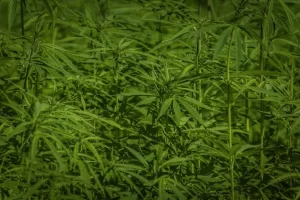If you’ve ever dreamt of cultivating massive cannabis plants, then look no further. This article is your ultimate guide to creating the ideal conditions for the growth of these lush green marvels. Whether you’re a beginner or an experienced grower, understanding the factors that contribute to the successful cultivation of giant cannabis plants is crucial. From the right temperature and humidity levels to the perfect lighting and nutrients, we’ll walk you through everything you need to know to achieve those awe-inspiring, towering beauties. So, get ready to unlock the secrets of growing massive cannabis plants and take your green thumb game to the next level!
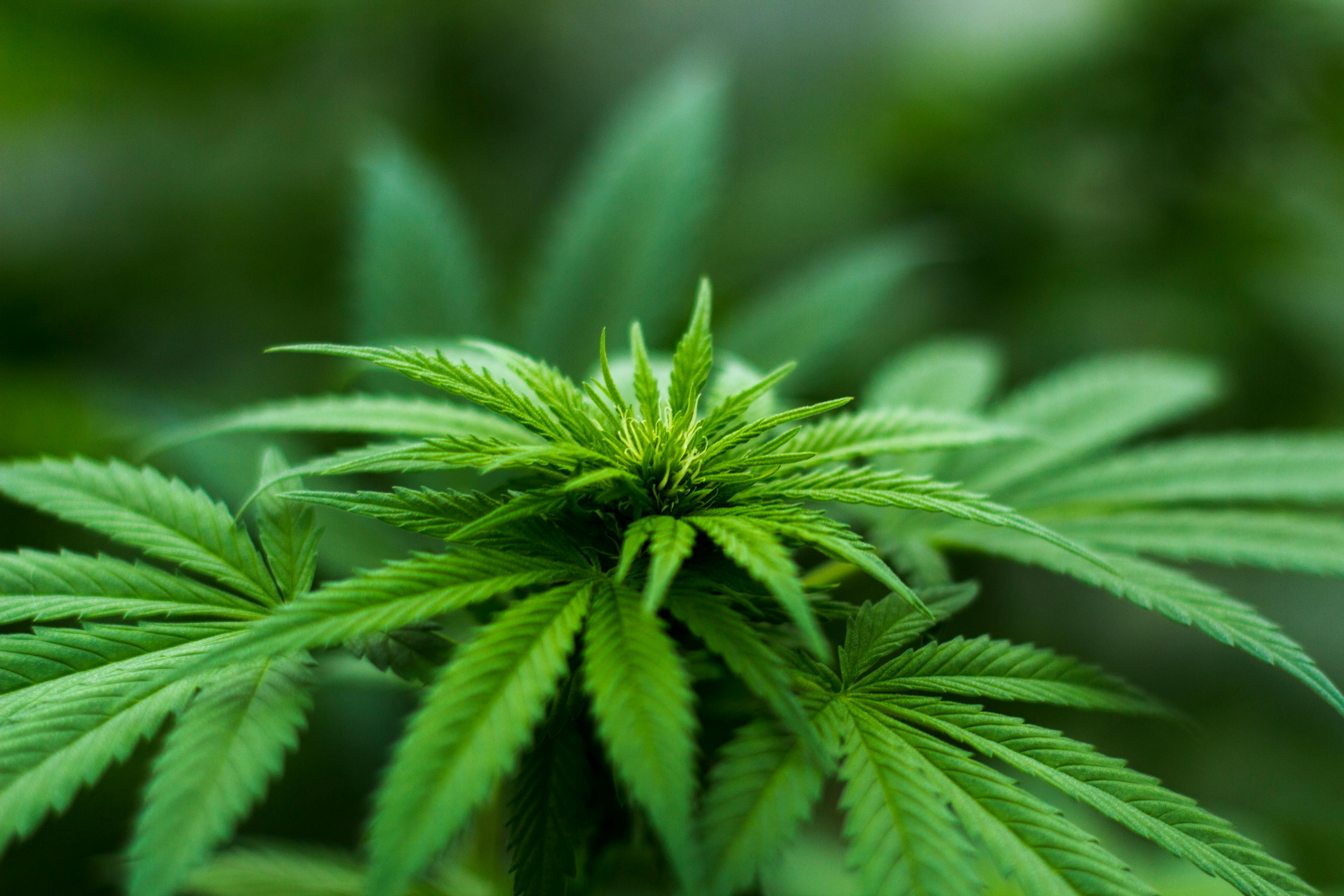
Lighting
Choosing the Right Type of Light
To grow massive cannabis plants, it is crucial to choose the right type of lighting. Cannabis plants thrive under a combination of blue and red spectrum lights. LED grow lights have become increasingly popular due to their energy efficiency and ability to provide the specific spectrum needed for plant growth. Alternatively, High-Intensity Discharge (HID) lights, such as Metal Halide (MH) for vegetative growth and High-Pressure Sodium (HPS) for flowering, are also widely used in cannabis cultivation.
Providing Adequate Light Intensity
Proper light intensity is essential for the healthy growth of cannabis plants. During the vegetative stage, aim for a light intensity of around 400 to 600 micromoles per square meter per second (µmol/m²/s). As the plants enter the flowering stage, increase the light intensity to approximately 600 to 1000 µmol/m²/s. Using a light meter can help you accurately measure and adjust the light intensity to ensure optimal growth and yield.

Setting the Correct Light Schedule
Establishing a consistent light schedule is paramount for cannabis plants. During the vegetative stage, it is recommended to provide 18 to 24 hours of light per day to encourage vigorous growth. Once the plants transition to the flowering stage, reduce the light exposure to 12 hours of light followed by 12 hours of uninterrupted darkness. This light cycle triggers the plants’ hormonal response for flower production and bud development. A timer can be used to automate the light schedule and ensure consistent and precise lighting periods for your cannabis plants.
Growing Massive Cannabis Plants Outside
When you are growing outside there is little you can do to control the sun. Shocking we know, but there are parts you can control. Finding spots that allow light through the tree canopy or in a full sun area in your yard will increase your plants growth. Light is important for all parts of the growing process. Larger plants can help lead to larger buds and larger yields all around. Growing inside you can cultivate an amazing bud, however, it is not as possible to grow monster plants that yield ounces upon ounces of weed.
Temperature
Maintaining an Optimal Temperature Range
Temperature plays a critical role in the growth and development of cannabis plants. The ideal temperature range for most cannabis strains is between 70 to 85 degrees Fahrenheit (21 to 29 degrees Celsius) during the day and slightly cooler at night, between 60 to 70 degrees Fahrenheit (15 to 21 degrees Celsius). Keeping the temperature within this range ensures optimal photosynthesis, nutrient uptake, and overall metabolic activity of the plants.
Avoiding Temperature Extremes
Extreme temperatures can have detrimental effects on cannabis plants. High temperatures above 90 degrees Fahrenheit (32 degrees Celsius) can cause heat stress, wilting, and nutrient deficiencies. In contrast, temperatures below 50 degrees Fahrenheit (10 degrees Celsius) can inhibit growth, decrease nutrient uptake, and lead to diseases like root rot. It is important to monitor and control the temperature using proper ventilation, cooling systems, and heating devices, if necessary.
Controlling Humidity Levels
Humidity levels also significantly impact cannabis plant growth. During the vegetative stage, aim for a humidity range of 40% to 70%, while in the flowering stage, maintain a lower humidity level between 40% to 50%. High humidity can increase the risk of mold and fungal growth, while low humidity can cause the plant to transpire excessively and lose water through its leaves. A dehumidifier or humidifier can help regulate humidity levels and create a more favorable environment for your cannabis plants.
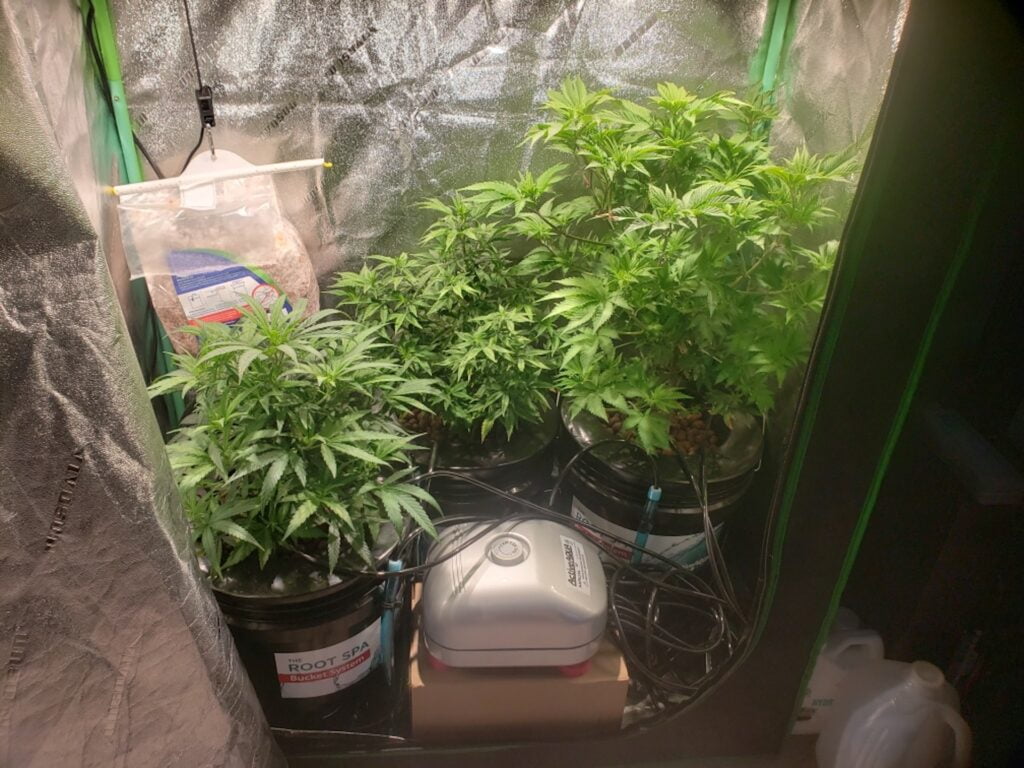
Air Circulation
Using Proper Ventilation Systems
Good air circulation is vital for the health and proper growth of cannabis plants. Adequate ventilation helps maintain a fresh supply of carbon dioxide (CO2), removes excess heat, prevents the buildup of harmful gases, and strengthens the plant’s stems and branches. An exhaust fan paired with an intake fan can create a continuous airflow, creating a more stable and balanced environment within the growing area.
Preventing Stagnant Air
Stagnant air can lead to a myriad of problems, including mold, mildew, and poor nutrient absorption. To prevent stagnant air, place oscillating fans strategically to promote airflow and create gentle air movement around the plants. This not only helps to strengthen the plant’s stems and branches but also prevents the formation of hotspots that can damage the leaves. Regularly inspect the fans for dust accumulation and clean them to maintain optimal performance.
Avoiding Airborne Contaminants
It is important to protect cannabis plants from airborne contaminants that can hinder growth and cause diseases. Install air filters or carbon scrubbers to remove dust, pollen, pests, and other harmful particles from the air. Filtering the air also plays a crucial role in odor control, especially in indoor grow spaces. By ensuring clean and contaminant-free air, you create a healthier environment for your cannabis plants to thrive.
Nutrient Management
Choosing the Right Nutrients
Selecting the appropriate nutrients is key to maximizing cannabis plant growth. Different growth stages require specific macronutrients (nitrogen, phosphorus, potassium) and micronutrients (iron, manganese, zinc, etc.). Utilize reputable nutrient brands or consult with experienced growers to determine the best nutrient solutions for each stage of growth. Organic and synthetic nutrients each have their advantages, so consider your growing preferences and goals when choosing the right nutrient formulation.
Providing a Balanced Nutrient Solution
Achieving a balanced nutrient solution is essential to prevent nutrient deficiencies or toxicities, which can negatively impact your plant’s health. Follow the recommended dosage guidelines provided by the nutrient manufacturer and monitor your plants for any signs of nutrient imbalances. Regularly check the pH level of the nutrient solution and adjust it within the ideal range of 5.8 to 6.5 to ensure optimal nutrient uptake by the plants’ roots.
Adjusting Nutrient Levels as Needed
Cannabis plants have different nutrient requirements throughout their growth stages. During the vegetative stage, higher nitrogen levels are needed for lush foliage growth, while phosphorus and potassium become more important during the flowering stage to support bud development. As your plants progress, assess their nutrient needs by observing their leaf color, growth patterns, and overall health. Adjusting the nutrient levels accordingly will help optimize plant development and yield.

Watering
Establishing a Proper Watering Routine
Proper watering is vital for the health and growth of cannabis plants. It is crucial to establish a consistent watering routine that meets the plants’ needs without causing overwatering or dehydration. Water the plants thoroughly until water runs out of the drainage holes, then allow the top inch of soil to dry out before watering again. This prevents waterlogged roots and encourages root growth as the plant stretches in search of water.
Using pH-Adjusted Water
Maintaining the correct pH level of the water is essential for optimal nutrient absorption. Cannabis plants prefer a slightly acidic environment, with a pH range between 6.0 to 6.8 for soil cultivation and 5.5 to 6.5 for hydroponic systems. Use a pH meter or pH testing kit to regularly check and adjust the water’s pH level before feeding your plants. This ensures that the nutrients in the soil or solution are available for uptake, maximizing their growth potential.
Avoiding Overwatering or Underwatering
Overwatering or underwatering can lead to the stunted growth and poor overall health of cannabis plants. Overly saturated soil can suffocate the roots, leading to root rot and diseases, while underwatering can cause dehydration and nutrient deficiencies. Using well-draining soil or growing mediums, proper watering techniques, and monitoring the moisture levels of the soil can help avoid these issues. Regularly observe the plants for any signs of overwatering or underwatering, like yellowing leaves or wilting, and adjust your watering habits accordingly.
Soil and Medium
Choosing the Right Soil Composition
Selecting the appropriate soil composition is crucial for cannabis plants to thrive. Look for a well-balanced soil mixture that provides adequate drainage, water-holding capacity, and essential nutrients. Potting mixtures containing peat moss, perlite, and vermiculite are commonly used for cannabis cultivation. Additionally, some growers prefer organic soil amendments, such as compost or worm castings, to enrich the soil and improve its microbial activity, thus enhancing nutrient availability.
Ensuring Proper Drainage
Proper drainage is essential for preventing water saturation and allowing air circulation within the root zone. Cannabis plants require well-draining soil to prevent root rot and nutrient imbalances. To ensure adequate drainage, choose pots or containers with sufficient drainage holes and consider adding materials like perlite or pumice to the soil mix for improved aeration. Always monitor the moisture levels of the soil and adjust watering practices accordingly to maintain optimal soil moisture.
Adding Beneficial Amendments
Adding beneficial amendments to the soil can significantly enhance the growth and productivity of cannabis plants. Organic amendments, such as compost, bone meal, and kelp meal, help enrich the soil by providing essential nutrients and enhancing microbial activity. These amendments can improve soil structure, increase water retention, and promote root development. It is essential to strike a balance when using amendments and follow the recommended dosage guidelines to avoid overfertilization or nutrient imbalances.
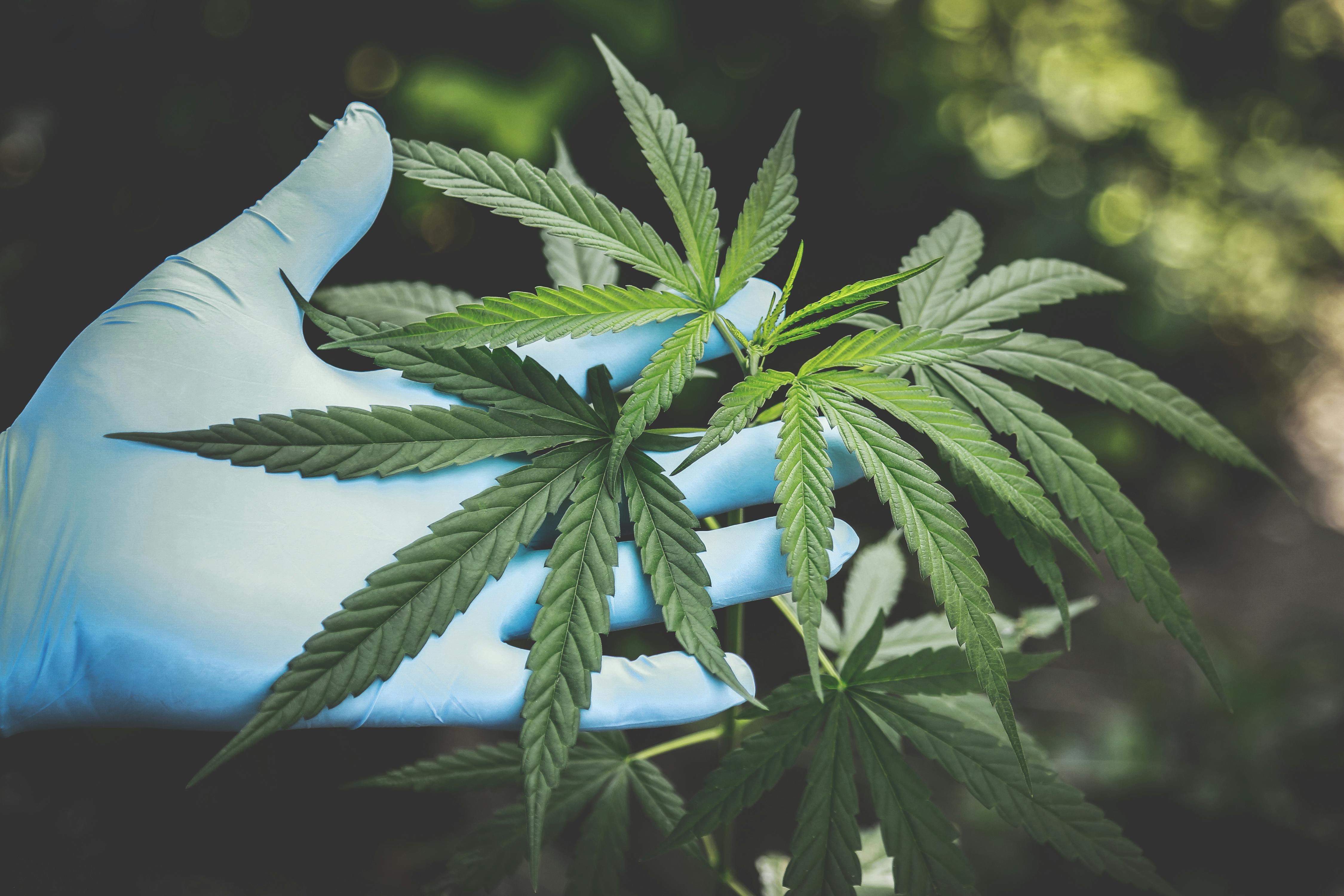
This image is property of images.pexels.com.
Training and Pruning
Implementing Low-Stress Training Techniques
Training techniques, such as low-stress training (LST), can help manipulate the growth pattern of cannabis plants, maximizing bud development and overall yield. LST involves gently bending and tying down the branches to create an even canopy and encourage more lateral growth. This technique improves light penetration, airflow, and allows for better bud development along the lower branches. Care should be taken not to stress or break the plant’s branches during the training process.
Performing Regular Pruning
Regular pruning is essential for maintaining the health and shape of cannabis plants. Pruning involves selectively removing unwanted or unnecessary branches, leaves, and flowers to redirect energy towards more productive growth areas. Removing fan leaves that block light penetration and pruning lower branches that receive insufficient light can stimulate better growth and increased bud production in the upper portion of the plant. Ensure the use of sterilized pruning tools to prevent the spread of diseases.
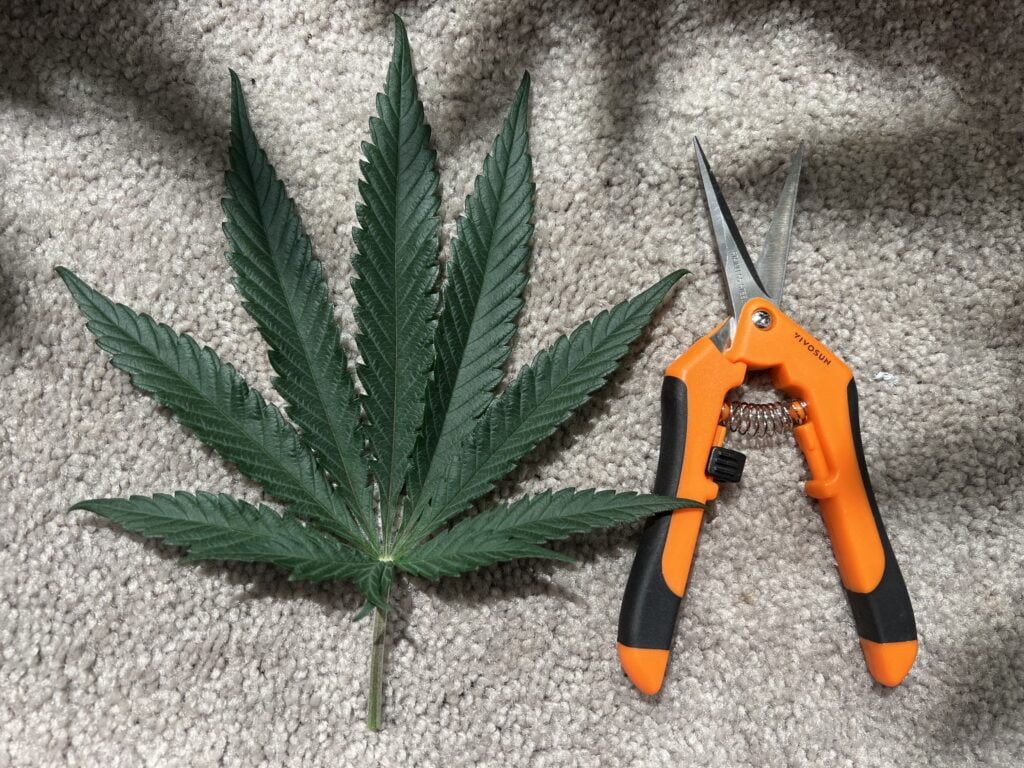
Encouraging Bushier Growth
Encouraging bushier growth in cannabis plants can lead to better yields and maximize space utilization. Topping, a pruning technique where the main growth tip is removed, stimulates the plant to develop multiple main colas, resulting in bushier growth and more bud sites. Similarly, utilizing techniques like lst verzion and defoliation can help increase light exposure to lower branches and promote lateral growth. By implementing these techniques, growers can create a more robust and productive cannabis plant.
Pest and Disease Control
Implementing Preventive Measures
Preventing pest infestations and diseases is crucial for the successful cultivation of cannabis plants. Regularly inspect your plants for pests, such as spider mites, aphids, or whiteflies, which can quickly multiply and damage the foliage and buds. Use sticky traps or natural predator insects to control pest populations. Practice good hygiene by keeping the growing area clean and removing any dead plant material promptly. Additionally, quarantine new plants or cuttings to prevent introducing potential pests or diseases into your garden.
Identifying and Treating Common Pests
Despite preventive measures, pests may occasionally infest your cannabis plants. Early identification is key to successful treatment. Several natural and organic pest control methods are available, such as neem oil, insecticidal soaps, and beneficial insect releases. Different pests may require specific treatment approaches, so accurately identifying the pest and choosing the appropriate solution is essential. Regularly monitor your plants and take immediate action if you notice any signs of pest damage, such as leaf discoloration, webbing, or feeding damage.
Addressing Fungal or Bacterial Diseases
Fungal and bacterial diseases can significantly impact the health and yield of cannabis plants. Common diseases include powdery mildew, gray mold (botrytis), and root rot. Prevention through proper environmental controls, such as maintaining low humidity, providing adequate airflow, and avoiding overwatering, is the first line of defense. If disease still occurs, treatments such as fungicides or biofungicides may be necessary, depending on the severity. It is crucial to act promptly to prevent the disease from spreading and causing further damage to your plants.

This image is property of images.pexels.com.
Genetics Selection
Choosing High-Yielding Strains
Genetics play a crucial role in the potential size and yield of cannabis plants. When aiming to grow massive plants, selecting high-yielding strains is essential. Look for strains that are known for their vigorous growth, large colas, and high bud production. Indica-dominant strains may be preferred for their bushier growth habit, while sativa-dominant strains tend to stretch more. Research different strains, read reviews, and consult with experienced growers to choose the most suitable genetics for your goal of growing massive cannabis plants.
Opting for Fast-Growing Varieties
If your aim is to achieve massive cannabis plants within a shorter time frame, opting for fast-growing varieties can be advantageous. Some strains have shorter flowering periods and quicker vegetative growth, allowing for a quicker turnover. Autoflowering strains, for example, have a fixed life cycle independent of light schedules and tend to finish faster than photoperiod strains. By selecting fast-growing varieties, you can expedite the growth process while still achieving impressive plant sizes.
Considering Disease Resistance
In addition to yield potential and growth rate, considering disease resistance is crucial for successful cannabis cultivation. Some strains offer higher resistance to certain pests, diseases, or environmental stressors, which reduces the risk of crop loss and decreases the need for intensive pest or disease control measures. When choosing genetics for growing massive cannabis plants, take disease resistance into account to ensure healthier and more resilient plants throughout their growth cycle.

Environmental Conditions
Ensuring Adequate Space for Growth
Providing sufficient space for your cannabis plants to grow is vital for optimal development and maximum yields. Overcrowded plants can lead to restricted airflow, increased humidity, and light penetration issues. Allow ample space between plants to promote proper ventilation, prevent the spread of diseases, and ensure each plant receives adequate light. Proper spacing also facilitates easier access for maintenance tasks, such as pruning and pest control, while reducing the risk of plants shading or competing with one another for light.
Maintaining a Clean Growing Environment
Maintaining a clean growing environment is crucial for keeping pests, diseases, and unnecessary stressors at bay. Regularly clean and sanitize your growing space, including pots, tools, and any surfaces that come into contact with the plants. Remove any dead plant material, fallen leaves, or debris that may harbor pests or diseases. By keeping a clean and organized growing environment, you create a healthier and more productive space for your cannabis plants.
Reducing Stress Factors
Cannabis plants can experience stress due to various factors, such as nutrient deficiencies, temperature extremes, overwatering, and light interruptions. Reducing stress factors is essential for the overall health and well-being of the plants. Maintain a consistent and stable environment by addressing any environmental fluctuations promptly. Avoid excessive pruning or manipulating the plants too aggressively, as this can cause stress and slow down growth. By minimizing stress factors, you provide your cannabis plants with the optimal conditions to thrive and reach their full potential. Weed plant are incredibly resilient, but that doesn’t mean you can abuse your plant and not expect a reduced yield. Happy plant happy weed buds.
Creating the perfect environment for growing massive cannabis plants requires attention to detail and a deep understanding of the plant’s needs. By following the guidelines outlined in this article, you can ensure that your plants receive the ideal conditions for maximum growth and yield. Remember to monitor your plants regularly, make adjustments as necessary, and enjoy the reward of healthy, robust, and massive cannabis plants that will bring joy to any grower.







